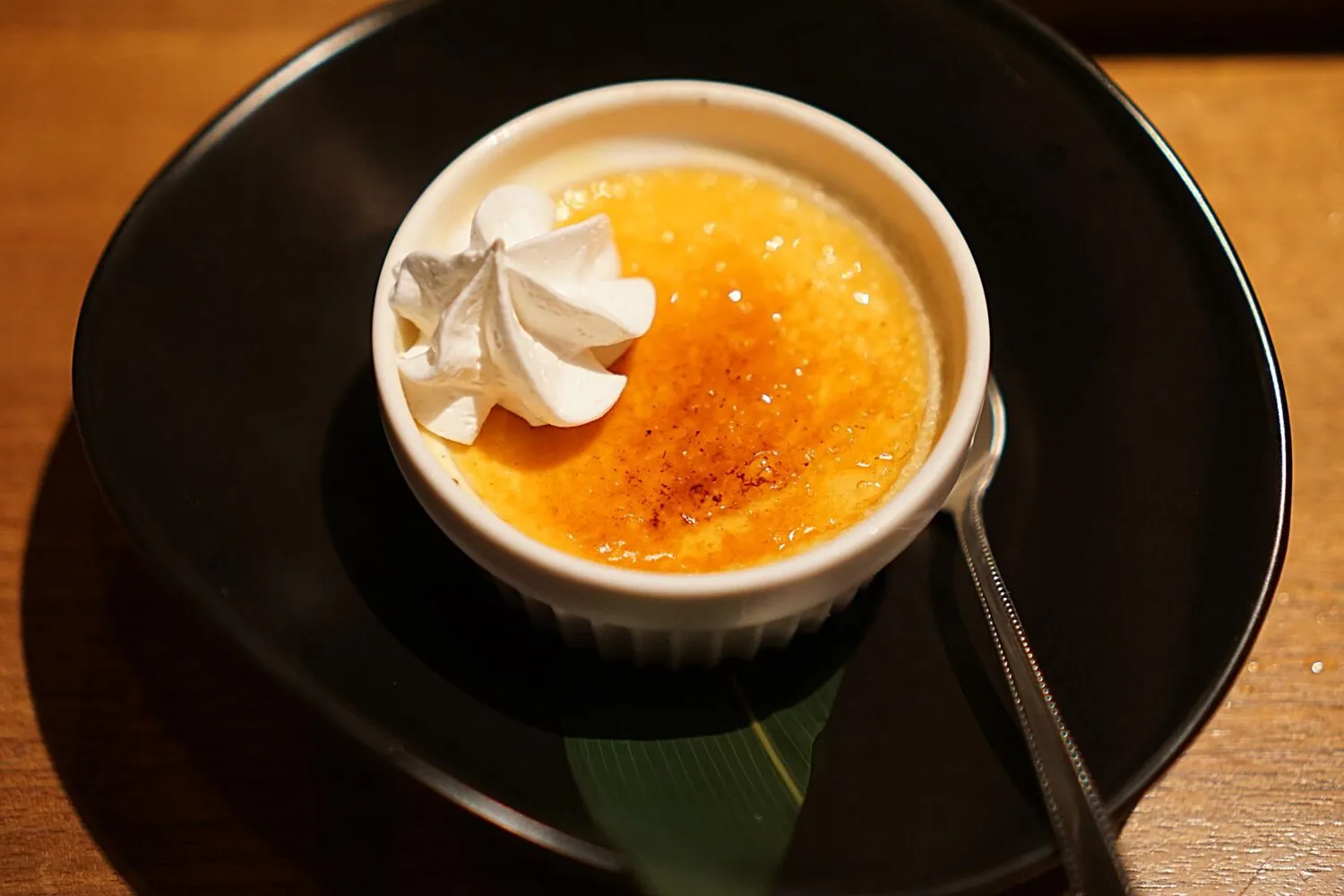
Desserts
The dessert selection is frequently praised by reviewers, indicating a high level of quality and taste.
Nutrition Facts
* The % Daily Value (DV) tells you how much a nutrient in a serving of food contributes to a daily diet. 2,000 calories a day is used for general nutrition advice.
Desserts have evolved across cultures and time, initially relying on natural sweeteners like honey and fruits. As civilizations advanced, techniques like baking, candying, and sugar refinement transformed simple ingredients into complex and diverse culinary creations. Different regions embraced local resources and traditions, leading to unique dessert profiles worldwide.
Desserts often hold significant cultural importance, representing celebrations, traditions, and expressions of hospitality. They are frequently associated with holidays, festivals, and special occasions, serving as symbols of joy and togetherness.
Celebrations
Desserts play a central role in celebrations worldwide. Birthday cakes, wedding cakes, holiday pies, and festive cookies are integral parts of these events, symbolizing joy and abundance.
Hospitality
Offering desserts to guests is a common expression of hospitality in many cultures. It signifies warmth, generosity, and a desire to create a positive and memorable experience for visitors.
Traditions
Many desserts are deeply rooted in tradition, passed down through generations with specific recipes and techniques. These desserts often represent cultural heritage and a connection to the past.
Dessert flavors span a wide spectrum, from sweet and fruity to rich and decadent, often incorporating spices, nuts, chocolate, and dairy. The textures range from creamy and smooth to crunchy and chewy, offering a multi-sensory experience.
Common flavor profiles include sweetness derived from sugars, honey, or fruits; richness from butter, cream, or chocolate; acidity from citrus or berries; spice notes from cinnamon, nutmeg, or cardamom; nuttiness from almonds, pecans, or walnuts; and herbal notes from mint or lavender. Textures are varied, with cakes being soft and spongy, cookies being crisp or chewy, ice cream being smooth and cold, and puddings being creamy and delicate. Regional ingredients and preparation methods contribute to unique flavor combinations.
Ingredient Quality
Using high-quality ingredients, especially butter, chocolate, and vanilla, can significantly impact the flavor and texture of your dessert. Fresh, ripe fruits will also enhance the overall taste.
Accurate Measurements
Baking is a science, and precise measurements are essential for consistent results. Using a kitchen scale for dry ingredients is highly recommended.
Temperature Control
Oven temperature and baking time are critical for achieving the desired texture and doneness. Use an oven thermometer to ensure accurate temperature and monitor the dessert closely during baking.
Resting and Cooling
Allowing desserts to rest and cool properly is essential for optimal flavor and texture. Cakes should be cooled completely before frosting, and cookies should be cooled on a wire rack to prevent sogginess.
Explore additional Dessert dishes and restaurants
Explore DessertDiscover top dining spots and culinary experiences in Limoges.
Explore LimogesLearn more about the food culture, restaurant scene, and culinary heritage of France.
Explore France
